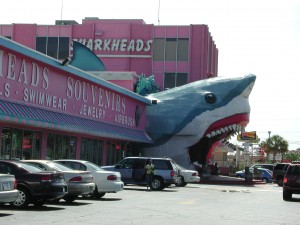Community-Character Education

Originally appears in the Fall 2007 issue
“What do you think makes your community special?” I asked the group of sixth-grade students sitting in front of me. “What is it about your community that gives you a sense of place?”
“What do you mean?” asked one of the students.
“Well, what do you like about living here? What makes your town different from other places?” I responded. Immediately several students answered, “Our shopping malls. That’s what’s special about our community.”
The look on the teacher’s face was one of surprise and amazement. Obviously, this was not what she had expected. Upon further discussion, we learned that these youth in Peoria, Arizona, derive a sense of place from the visual character of their town — its various shopping centers with their colorful building facades and tropically landscaped parking lots. When I posed the same question to students living in the Upper Peninsula region of Michigan, they identified old mines and open spaces as the features that most characterize their community. In Copper Basin, Tennessee, it was the mile-wide basin created by the mining industry that had once been the livelihood of their community — a basin once so stark that it was visible from outer space, but now lush and green as the result of a reclamation project. Students in Boston identified the city center with its new glass-fronted office buildings nestled among older skyscrapers of brown and red.
Raising students’ awareness of the visual and aesthetic qualities that make their communities unique is at the heart of community-character education. Our first impression of a community is visual. Yet as we approach many towns and cities in North America, we enter the visual realm of Anywhere, passing identical big-box stores, fast food franchises, amusement parks and shopping malls that make every town look like every other town. Community-character education seeks to build an understanding of the impact of this visual environment — the mosaic of visual images of natural and built components that we experience constantly and yet rarely think about.
This content is restricted to subscribers only.
If you are not yet a subscriber, please consider taking out a subscription here.
If you are an existing subscriber, kindly log in or contact us at info@greenteacher.com for more information.










